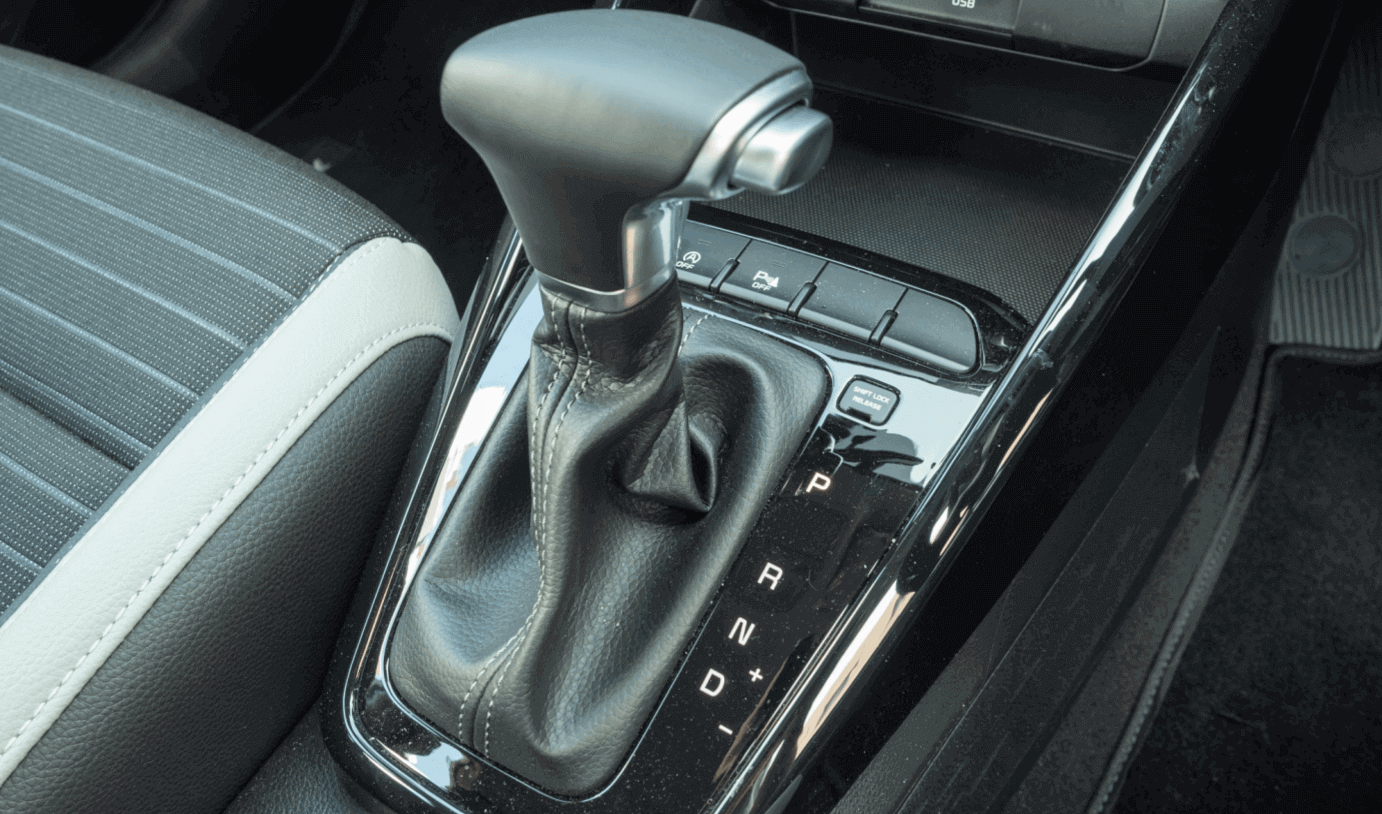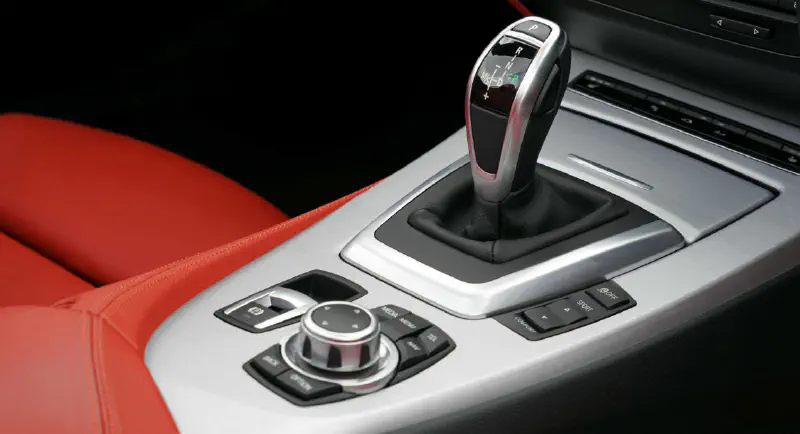Recently, Old T came across several videos on WeChat Video Channel showing rows of cars with dual-clutch transmissions breaking down on the Sichuan-Tibet Highway. These videos urged drivers of such cars to learn how to drive using manual mode.
As Old T currently drives a car with a dual-clutch transmission—specifically, a dry dual-clutch, which is considered less robust—this issue caught his attention, prompting him to look into it.
After all, the idea of reverting to manual shifting in an automatic car is enough to give anyone a headache.
What Are Dual-Clutch Transmissions Afraid Of?
Old T noticed that while there’s plenty of talk online about dual-clutch transmissions (DCTs) being “prone to failure” or “bound to break down on hills,” many sources fail to clarify a key point: Under what conditions are DCTs most vulnerable?

After digging through several research papers on CNKI, Old T found that the weaknesses of DCTs are quite specific. Dry DCTs, in particular, have poor heat dissipation compared to wet DCTs, which use oil cooling. Dry DCTs rely solely on air cooling, making them susceptible to overheating during prolonged semi-engagement or frequent gear changes.
This is especially problematic during low-speed crawling, a point repeatedly emphasized in technical articles. DCTs are essentially “automated manual transmissions.” In traffic jams or when crawling on slopes, the transmission control unit (TCU) keeps the clutch in a semi-engaged state, akin to riding the clutch in a manual car. This semi-engagement generates friction and heat, which can be fatal for dry DCTs.
High-altitude environments and long steep slopes exacerbate these cooling issues, such as those encountered on the Sichuan-Tibet Highway. Thin air and low oxygen levels reduce engine torque, forcing the transmission to downshift frequently and rev higher to maintain power. This, in turn, causes the clutch to heat up faster. When these three factors combine, it’s no mystery why dry DCTs “give up” under extreme conditions—it’s basic physics.
Why Do Some People Say “You Need to Learn Manual Shifting”?
At first, Old T thought this was just sensationalist nonsense. But after watching several mechanics’ VLOGs on Bilibili, he identified three main reasons:
Manual mode locks the gear, reducing friction between gears. In automatic mode, the TCU often keeps the car in 2nd or 3rd gear for smoothness during low-speed driving, causing the clutch plates to slip continuously and generate heat. By switching to manual mode and locking the gear to 1st or 2nd during long steep slopes or traffic jams, the clutch fully engages, preventing further heat buildup.
Manual mode prevents erratic gear changes. Some DCTs upshift automatically when the throttle is released to improve fuel efficiency, which can be dangerous on certain mountain roads. Upshifting interrupts power and re-engages the clutch semi-engaged, generating more heat. Manual mode locks the gear, keeping the transmission in a lower gear as needed.
Manual mode avoids transmission software bugs. This is something Old T has experienced firsthand. His domestically produced car, now in its ninth year, runs well except for occasional issues where the engine revs spike unexpectedly when accelerating from flat roads to downhill sections. This is due to a minor bug in the transmission software failing to upshift promptly. A quick manual upshift resolves the issue.
In short, DCTs don’t require frequent manual shifting like traditional manual transmissions. Instead, using manual mode occasionally under specific conditions can significantly extend the transmission’s life and prevent mechanical failures.
How to Use Manual Mode?
Mentioning manual mode brings back Old T’s unfortunate memories of learning to drive. During his driver’s license tests, he failed both the second and third exams due to unfamiliarity with manual transmission operations.
The main issue was coordinating the clutch and gear shifts. During the hill start in the second exam, he stalled the car three times in a row. In the third exam, he misjudged the gear while driving straight behind a large truck, causing the car to jerk and resulting in a “vehicle shudder” failure.
After over a decade of driving automatics, the mere mention of “manual shifting” triggers a sense of discomfort.
Fortunately, manual mode in DCTs is incredibly simple. The biggest advantage is that there’s no clutch pedal—you shift directly with your hand.

There are two main scenarios:
On long steep slopes: Shift the gear lever to the right to lock the current gear. No need to worry about shifting. Return to D-mode by shifting left once the challenging road conditions are over.
In traffic jams: Shift the gear lever to the right and pull it backward (toward the minus sign) to confirm that it’s locked in 1st gear. Use 1st gear throughout the jam and return to D-mode afterward. Note: During highway traffic jams with stop-and-go movement at higher speeds, you may need to manually upshift, as indicated on the dashboard.
What Else Should You Know?
Before writing this article, Old T tried using manual mode extensively during his daily commutes and school runs. Unsurprisingly, these attempts ended in failure.
The main issue is that manual mode in DCTs feels awkward for everyday use. You need to accurately remember the appropriate speed for each gear; otherwise, the dashboard constantly warns you to upshift or downshift, which is distracting.
Especially at red lights, you must downshift to 1st gear, often resulting in jerky shifts when dropping four or five gears at once. In the end, Old T decided to abandon the idea. After all, using manual mode temporarily in traffic jams is entirely different from driving in manual mode all the time.
Simply put, manual mode in DCTs is designed for temporary use in “extreme conditions.” At its core, it’s still an automatic transmission.
For daily driving, you don’t need to bother with it at all.
